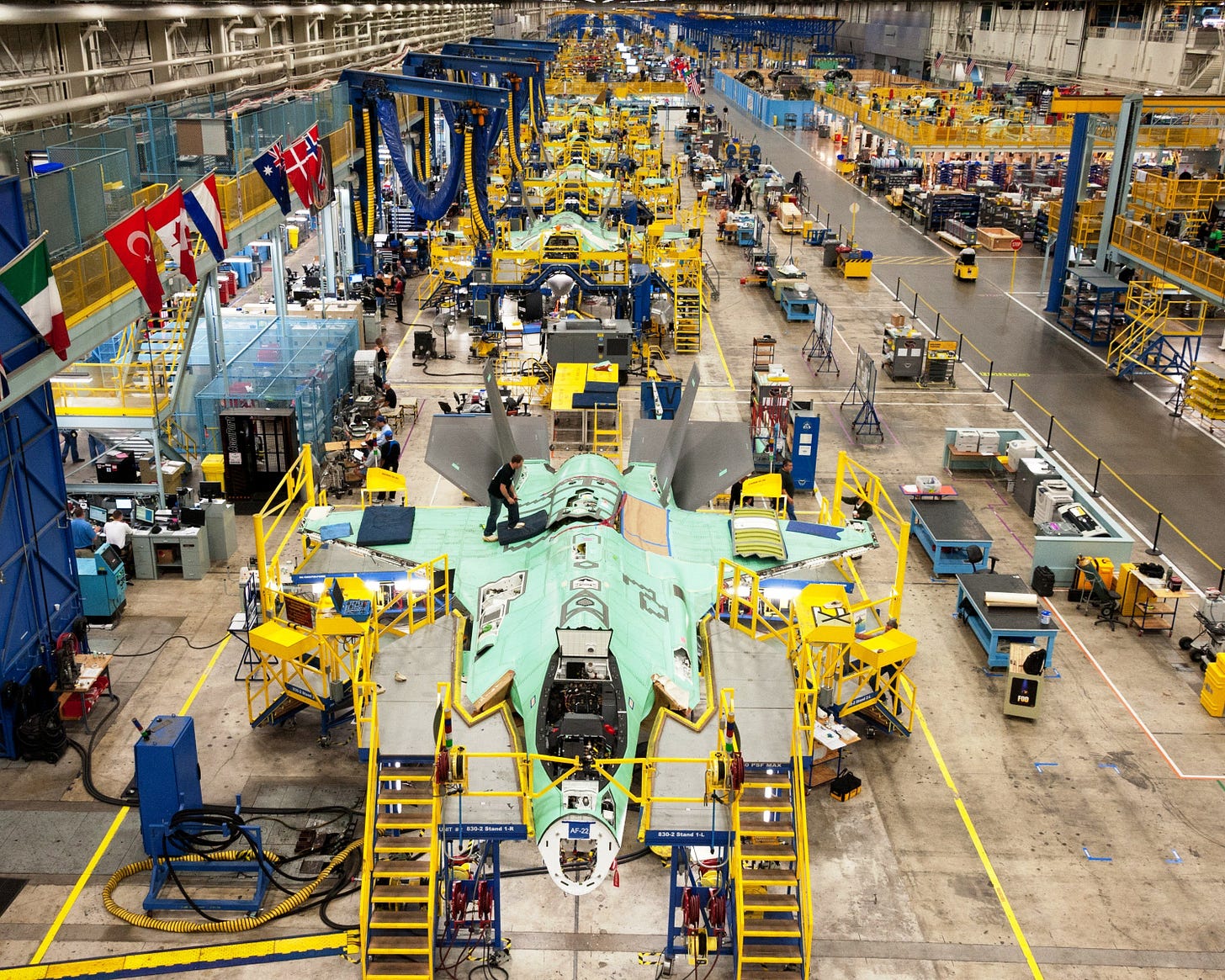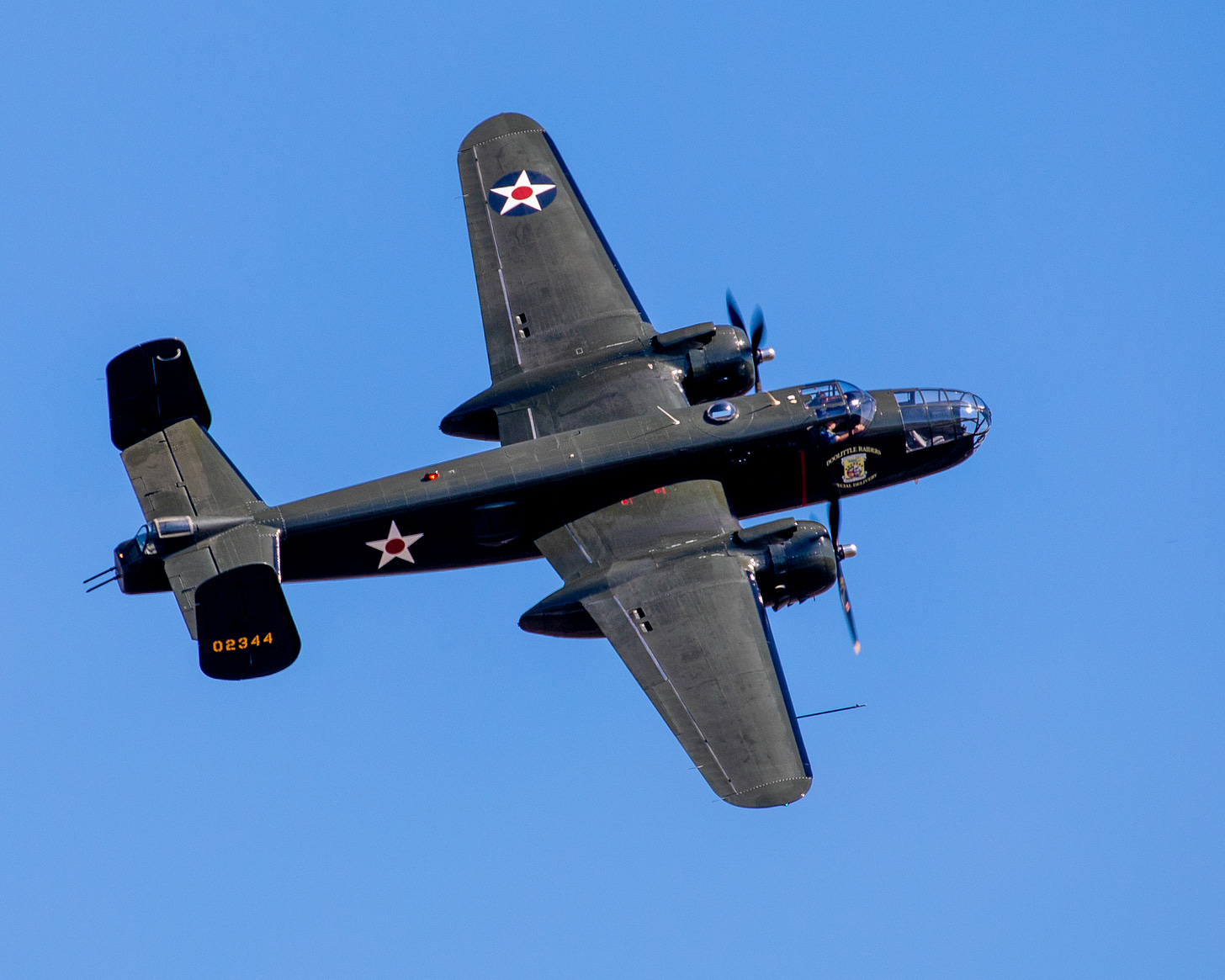German Lightnings and Comm Sats
Rheinmetall to build Lightings, and the demise of the first commercial telecom satellite
“A superior pilot uses his superior judgment to avoid situations which require the use of his superior skill.” - Frank Borman
On the Radar
German-based arms giant Rheinmetall has recently made headlines with their ambitious move to launch a new production facility, set to take flight by 2025. The company has confirmed plans to construct "at least 400" F-35A center fuselages, further bolstering the technological prowess of the European industrial base, in partnership with F-35 builder, Lockheed Martin.
This aviation leap takes place in Weeze, western Germany, aiming to cater to the growing demands of the German fleet and "other friendly nations", according to the company's official statement. This comes as a response to a supply gap that was created in 2019 when Turkey, a previous center fuselage producer, was removed from the F-35 program.
JJ Gertler, senior analyst at Teal Group, highlights the importance of this move, describing center fuselage production as the "limiting factor" in F-35 production. With Turkey's exit, the responsibility fell on Northrop Grumman to single-handedly manufacture center fuselages for all F-35 variants. Now, Rheinmetall joins the effort to share this load and enhance the annual F-35A output.
According to Gertler, the current demand for F-35 jets supports a production rate of around 175 annually. Yet, due to the limited production capacity of Northrop, only 156 can be made. Rheinmetall's entry into the scene has the potential to relieve this pinch point and offer a robust alternative that was being actively sought by the F-35 Joint Program Office.
This exciting partnership will see Northrop collaborate with Rheinmetall, replicating their innovative automated assembly line technology at the new Weeze facility. This strategic move aims to facilitate technology transfer while Northrop continues with fuselage production from its Palmdale, California facility.
Lockheed has set its sights on an ambitious target of 156 annual deliveries starting in 2025. With Rheinmetall on board, a previous Defense One report hints at the potential to boost the program to reach up to 165 units annually in the future, if required.
This additional capacity might attract even more international clients for F-35 deliveries or encourage existing customers to augment their orders. In the recent past, the US State Department green-lighted a whopping $5.6 billion F-35 deal with the Czech Republic, while Greece is still on standby for approval of its jet purchases. Moreover, Romanian officials disclosed their intention to acquire the fighter jet in April, reflecting the growing global interest in the F-35 program.
New video in the works, be sure to check the channel!
This week in aviation history
On 10 July 1962, the first communications satellite was launched into earth orbit. Named Telestar 1, the satellite was placed in orbit via a three stage Delta rocket which took off from Launch Complex 17B at Cape Canaveral Air Force Station in Florida. The launch also marked the first commercial spaceflight and was sponsored by a consortium of telecom giants and government agencies, including Bell Labs, AT&T, NASA, the BBC, along with British and French Postal services. Once in orbit, the satellite made live television broadcasts across the Atlantic Ocean possible. Telestar 1
became the first satellite used to synchronize time between two continents, bringing the United Kingdom and the United States to within 1 microsecond of each other. The satellite also contained scientific instruments to study the Van Allen Belt, but it’s career as an operational satellite was cut short. A day prior to the launch of the satellite, the United States detonated a thermonuclear warhead with a yield of 1.45 Megatons near Johnston Island in the Pacific Ocean. Additionally, in the 13 months spanning October 1961 through November 1962, the Soviet Union detonated five nuclear warheads at altitudes ranging from 36 to 186 miles over its test site in Kazakhstan. These detonations left high energy electrons trapped in the Earth’s radiation belts thereby damaging the Telestar 1 satellite, which went offline in December 1962. Although engineers were able to restore service a month later, the satellite went dark in February 1963. The satellite remains in orbit to this day.
In case you missed it
Writing about those detonations during the Cold War got me thinking about Strategic Air Command and the rapid pace of innovations in the 1950s and 1960s. Here’s a video on the Mach 2 bomber that gave the Soviets nightmares, Convair’s B-58 Hustler:
Photo Outlet
Here’s B-25 Mitchell medium bomber painted up in the “Dolittle Raiders” scheme, a marvelous aircraft with a distinct sound. Also known as the Tokyo Raid, the flight of B-25s led by James Dolittle famously took off from the USS Hornet in a daring mission which was a response to the Pearl Harbor attack. While the actual raid caused minor damage, it was an immense moral boost for the United States and signaled to Imperial Japan that the home islands were vulnerable to attack. The sixth generation B-21 Raider is named in their honor. Now you know!
Member Benefits
This newsletter will always be free - and thank you for being a subscriber, however if you want to help support my efforts you can join as a member. Members will get occasional exclusive issues that will take a deeper dive into topics covered in the newsletter, along with the ability to help choose future topics.
That’s all for this week, thanks for reading! If you know a fellow aviation enthusiast that would enjoy these weekly newsletters, then please forward this along. Now you know!
-Tog





